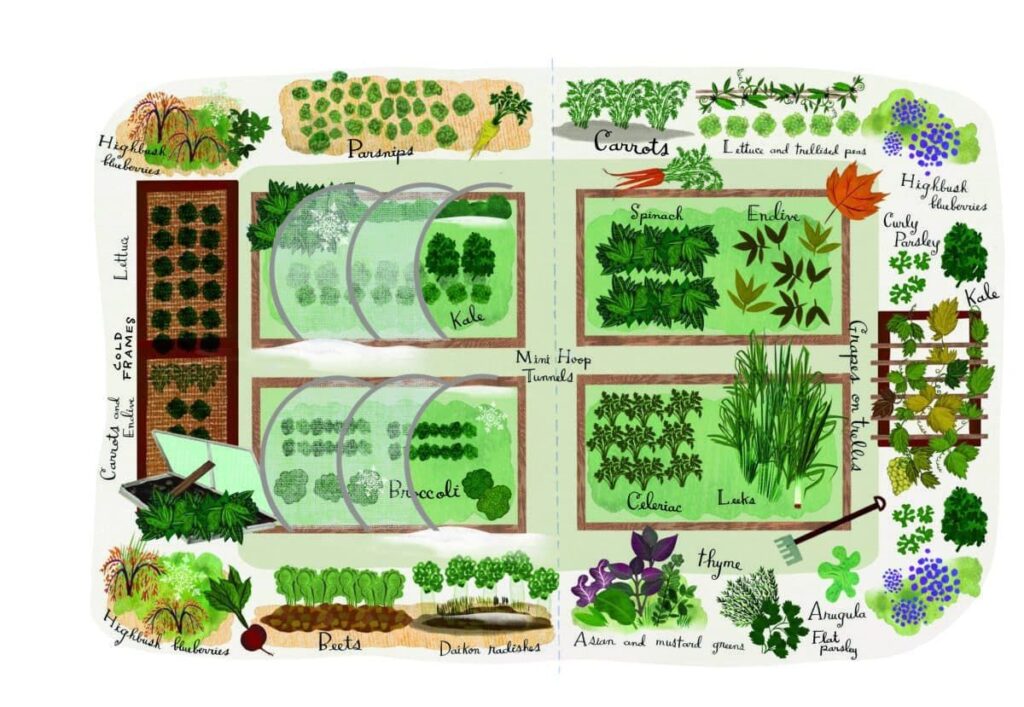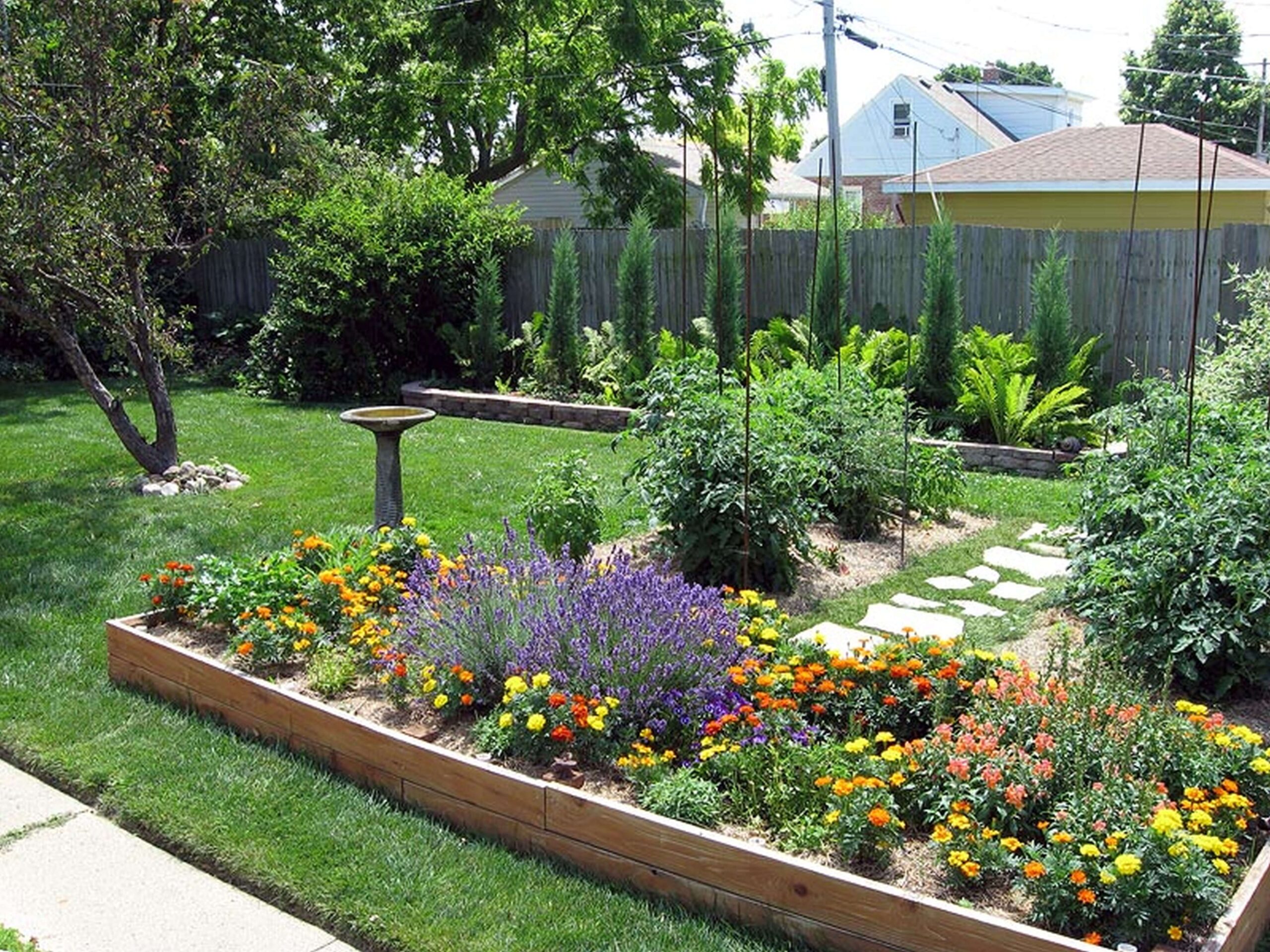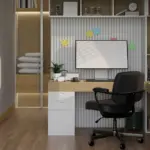Unlocking the Potential of Your Backyard Oasis
Your backyard. That often-underutilized space, brimming with potential, waiting to be transformed into a personal paradise. Whether you envision a vibrant flower garden bursting with color, a tranquil meditation space, or a productive vegetable patch, designing your backyard garden can be a deeply fulfilling experience. This comprehensive guide will walk you through every step, from initial inspiration to the final flourishing blooms (or juicy tomatoes!).
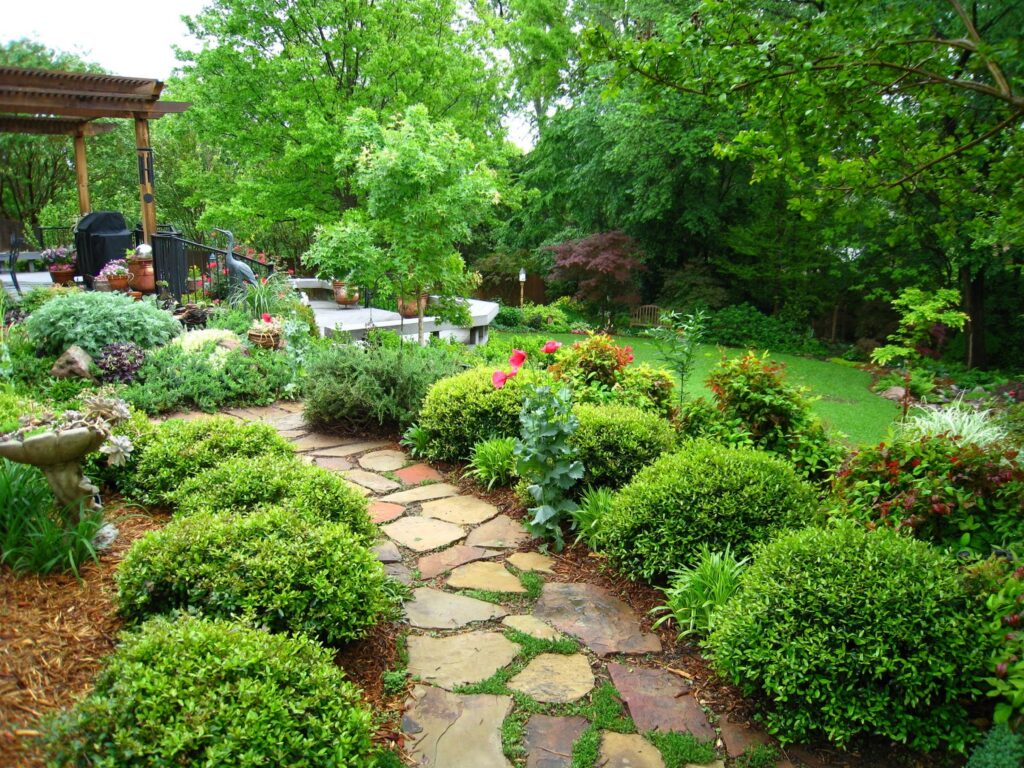
Phase 1: Dream, Plan, and Prepare
Defining Your Vision: What’s Your Backyard Garden Style?
Before you even think about digging, take some time to truly envision your dream garden. What feeling do you want it to evoke? Tranquility? Excitement? Abundance? Consider your personal style. Do you prefer a structured, formal garden with manicured hedges, or a more wild, romantic feel with flowing plants and natural elements? Browse garden magazines, Pinterest, and Instagram for inspiration. Collect images of gardens you admire, noting elements you particularly like – color palettes, plant types, hardscaping features.
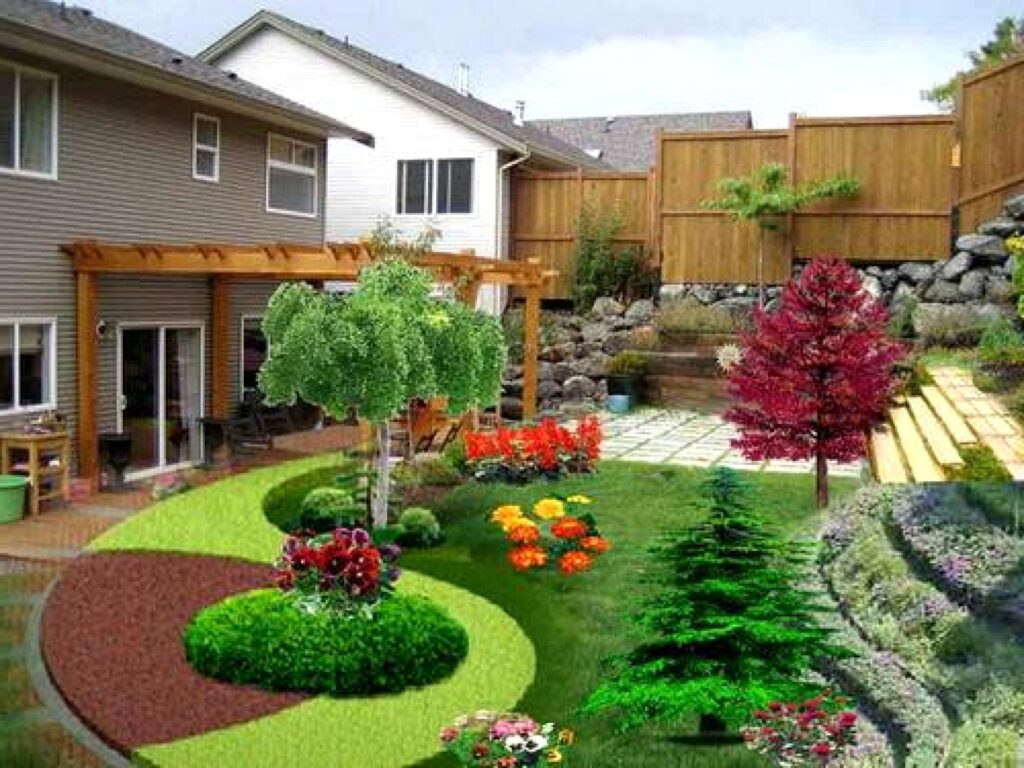
Assessing Your Space: Sunlight, Soil, and Size
Next, take a hard look at your backyard itself. How much sunlight does it receive throughout the day? Is the soil clay, sandy, or loamy? Knowing your soil type is crucial for selecting appropriate plants. Measure the dimensions of your space. This will determine the scale of your design and how many plants you can realistically fit. Consider any existing structures, such as sheds or fences, and how they might impact your layout.
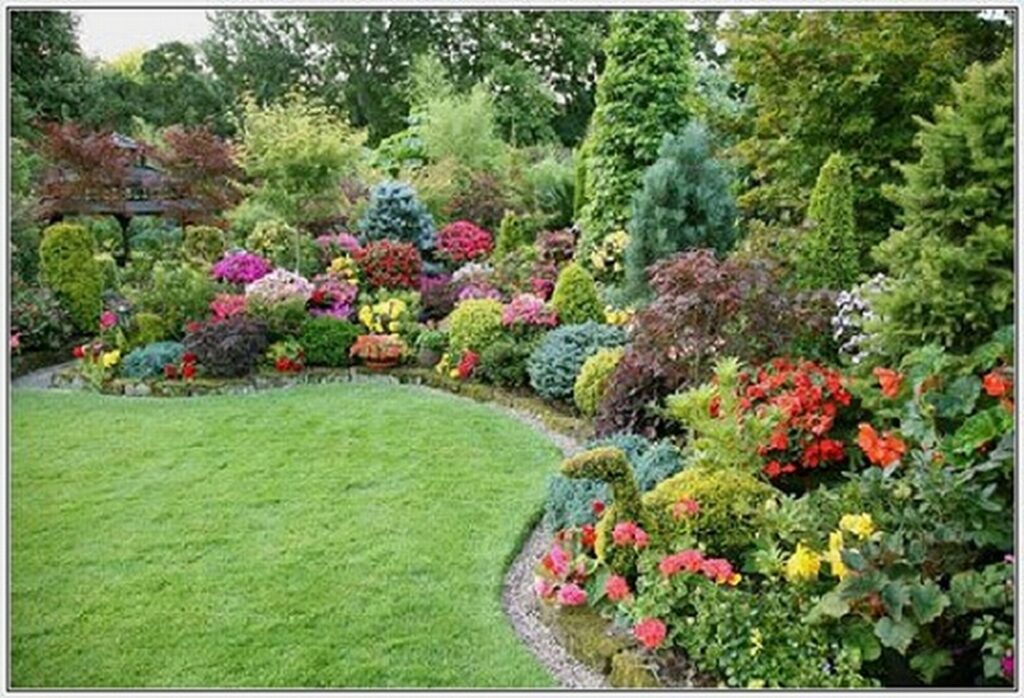
Sketching Your Design: Bringing Your Vision to Life
Grab a pencil and paper (or use a digital design tool) and start sketching! Don’t worry about perfection at this stage; it’s simply a way to visualize your ideas. Include pathways, seating areas, planting beds, and any other features you desire. Think about how you’ll move through the space and where you want to focus your attention. Experiment with different arrangements until you find something that feels right.
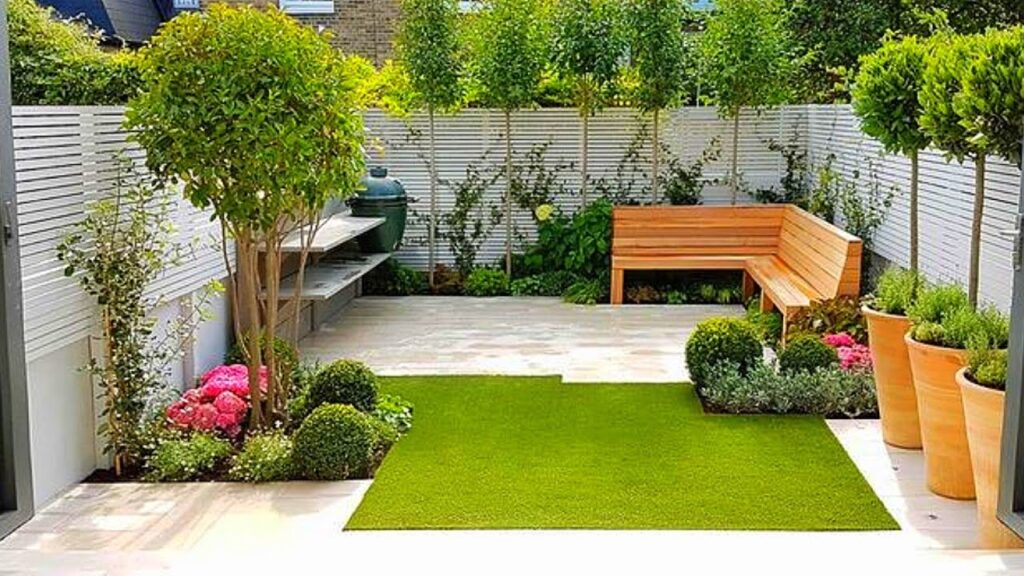
Phase 2: Selecting Plants and Materials
Choosing the Right Plants: Considering Climate and Conditions
This is where the fun really begins! Research plants that are suitable for your climate and the specific conditions of your backyard. Consider sunlight requirements, soil type, and water needs. Don’t be afraid to experiment with different textures, colors, and heights to create visual interest. Consider incorporating a mix of annuals (plants that live for one season), perennials (plants that return year after year), and shrubs for a continuously beautiful garden.
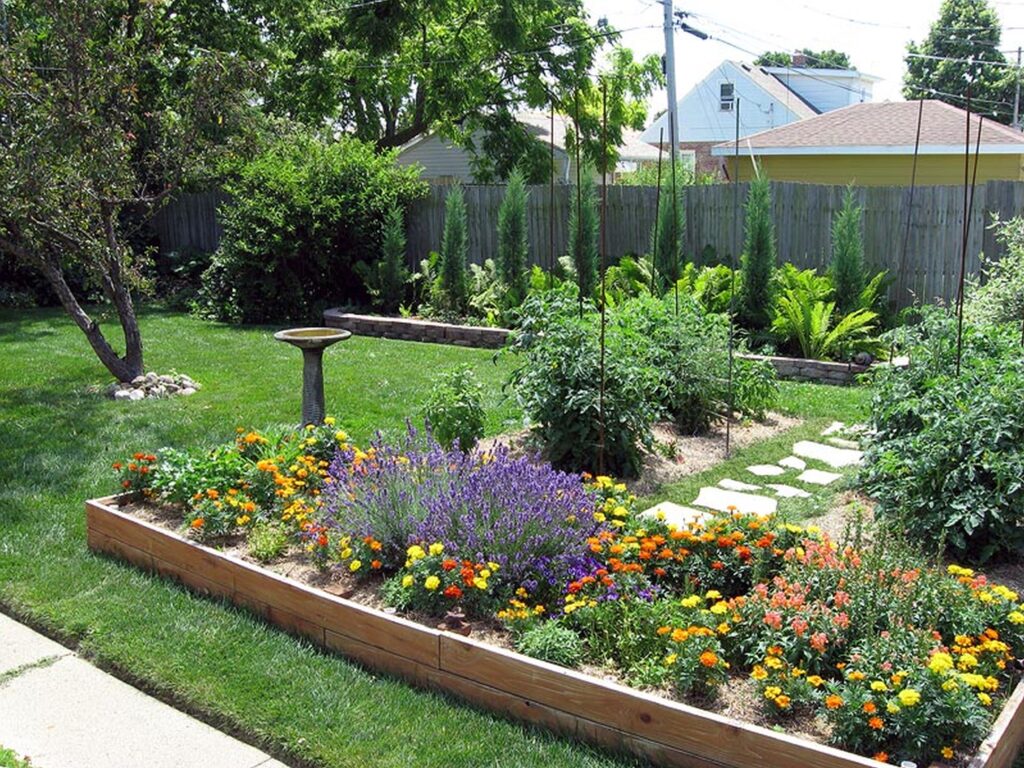
Hardscaping Elements: Adding Structure and Function
Hardscaping refers to the non-living elements of your garden. These can include pathways, patios, retaining walls, fences, and water features. These elements not only add structure and visual appeal but also provide functional areas for relaxing, entertaining, or growing specific plants. Consider materials like stone, brick, wood, or concrete, choosing options that complement your overall design style.
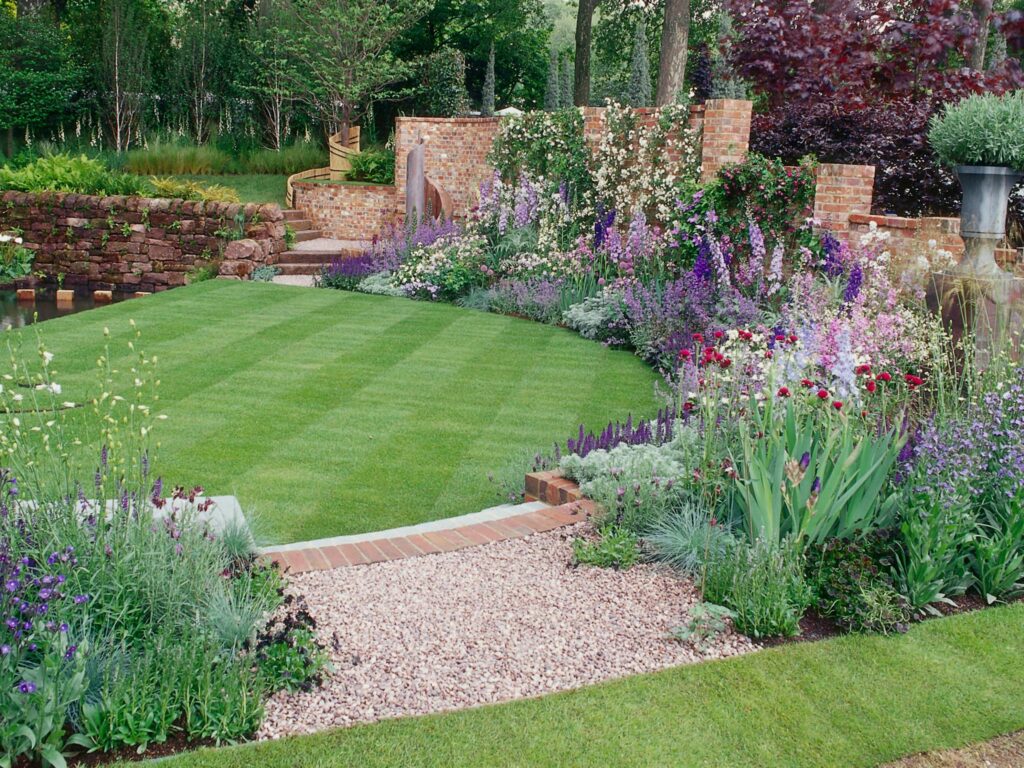
Adding Lighting: Enhancing Ambiance and Safety
Lighting can transform your backyard garden, creating a magical atmosphere in the evenings. Consider path lighting for safety and ambiance, as well as spotlights to highlight specific plants or features. String lights can add a touch of whimsy and romance. Choose lighting options that are energy-efficient and durable.
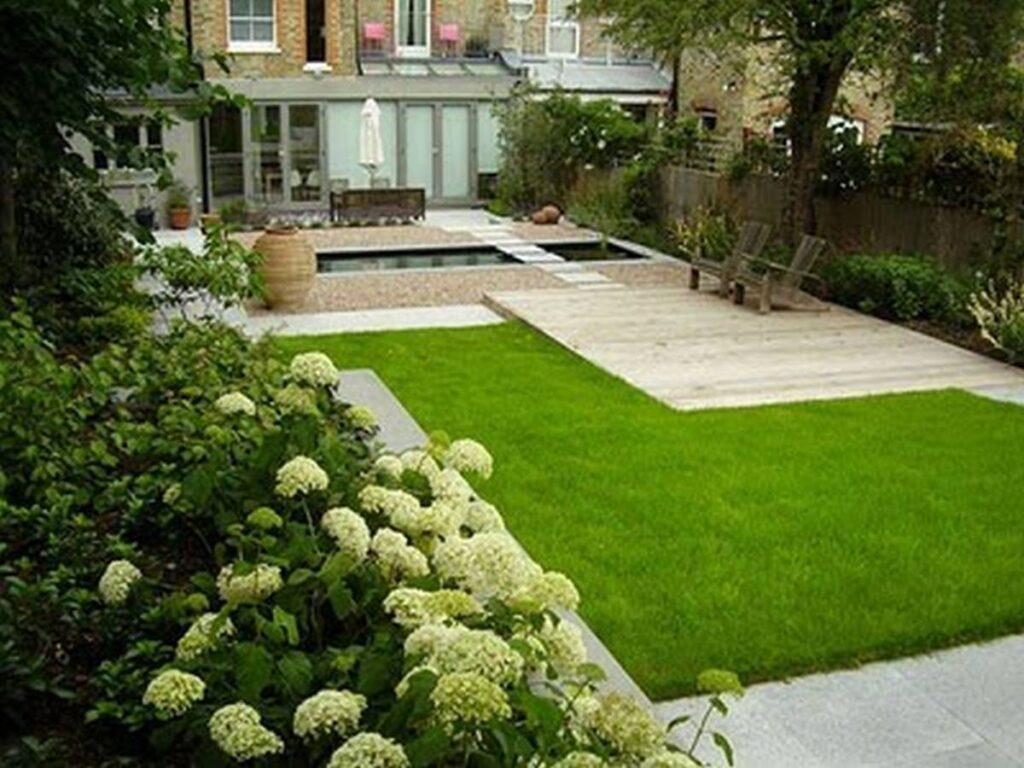
Phase 3: Installation and Maintenance
Preparing the Soil: The Foundation for Success
Before planting, prepare your soil by removing weeds, rocks, and debris. Amend the soil with compost or other organic matter to improve drainage and fertility. This step is essential for healthy plant growth. Consider getting a soil test to determine its pH and nutrient levels, allowing you to tailor your soil amendment strategy.
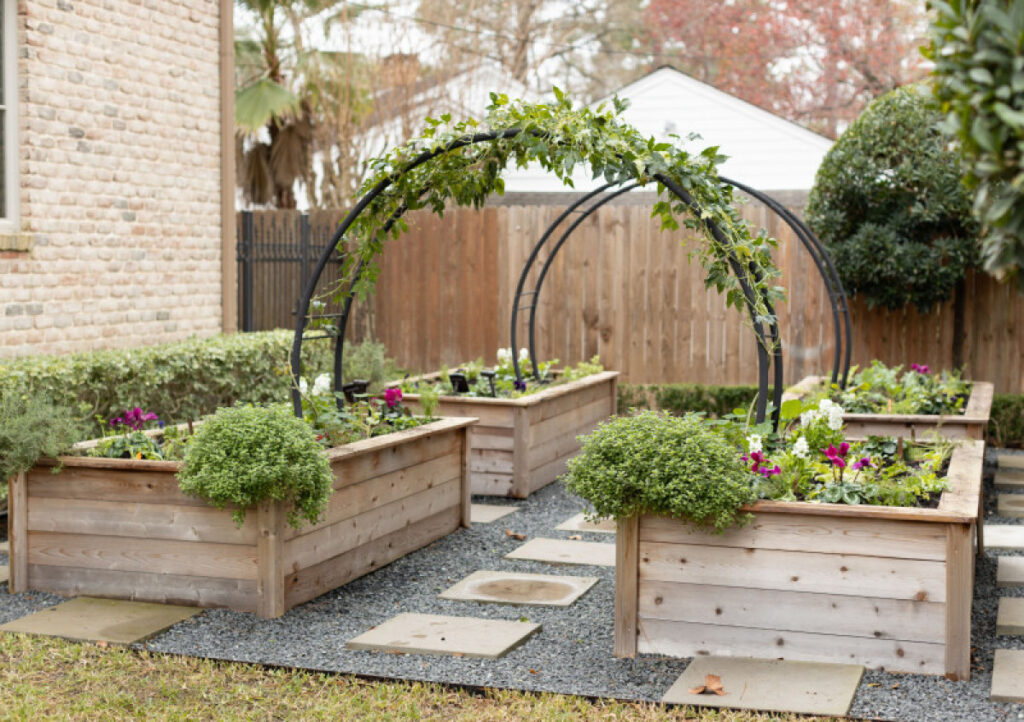
Planting Your Garden: A Step-by-Step Guide
Follow the instructions on your plant labels for planting depth and spacing. Water thoroughly after planting. Mulching around your plants helps retain moisture, suppress weeds, and regulate soil temperature. Choose a mulch that complements your garden’s aesthetic, such as wood chips, shredded bark, or gravel.
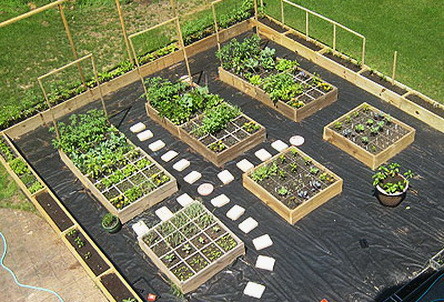
Ongoing Maintenance: Keeping Your Garden Thriving
Maintaining your backyard garden is an ongoing process. Regular watering, weeding, fertilizing, and pruning are essential for keeping your plants healthy and beautiful. Deadheading (removing spent flowers) encourages more blooms. Regularly inspect your plants for pests and diseases, and take appropriate action if necessary. Consider creating a regular maintenance schedule to ensure your garden stays vibrant and healthy throughout the year.
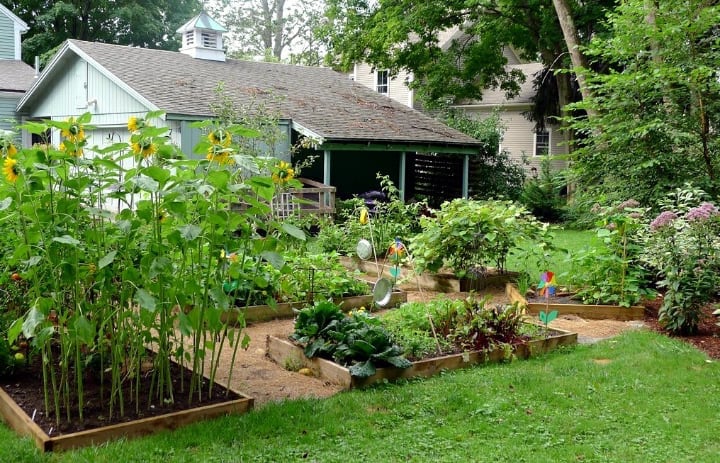
Advanced Backyard Garden Design Ideas
Creating a Vertical Garden: Maximizing Space
If you have limited space, consider creating a vertical garden using trellises, walls, or hanging planters. This is a great way to grow climbing plants, vines, or herbs, maximizing your space and adding visual interest.
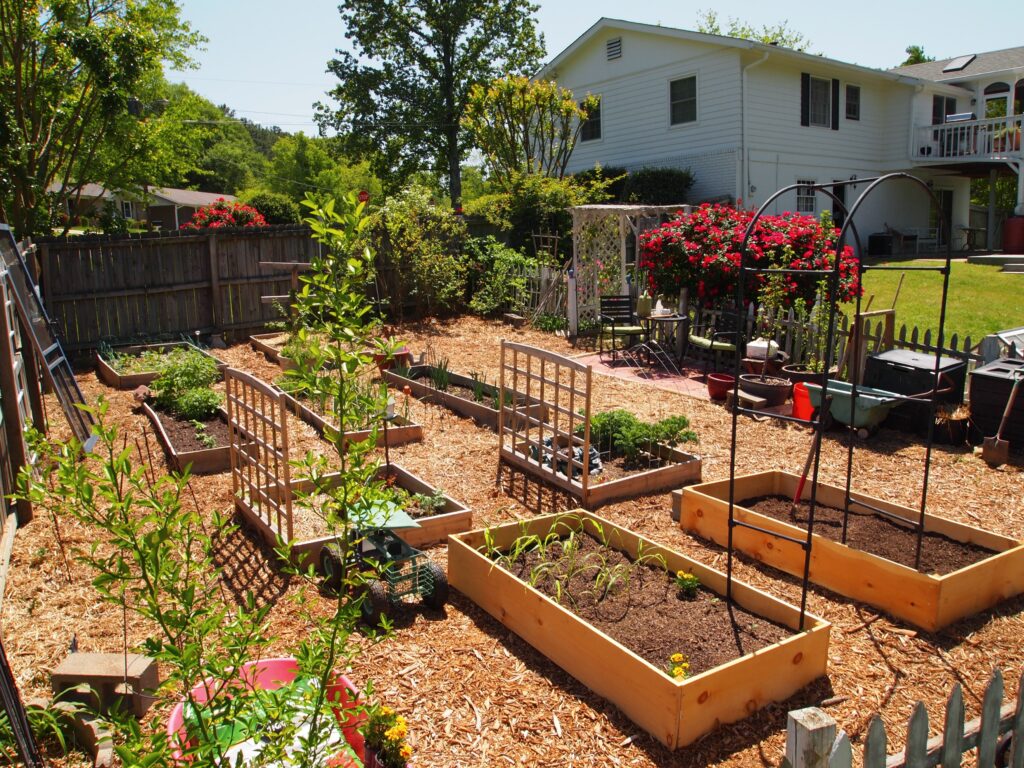
Incorporating Water Features: Adding Serenity and Life
A pond, fountain, or even a small birdbath can add a calming element to your backyard garden. The sound of water can be incredibly relaxing, and water features also attract wildlife like birds and butterflies.
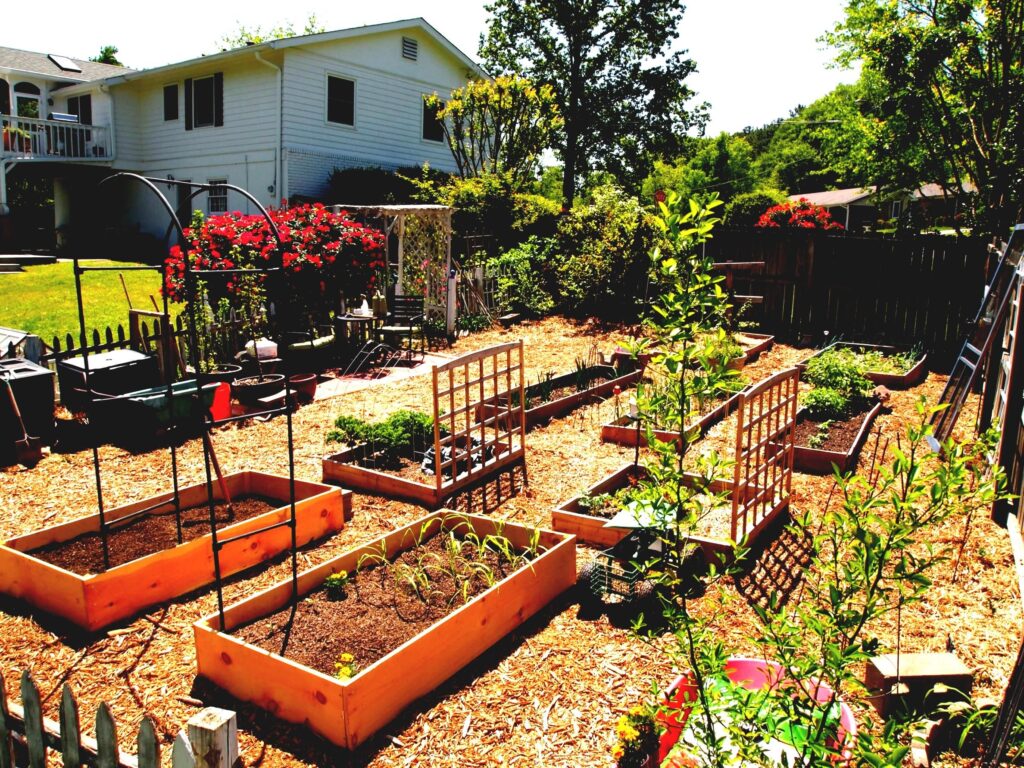
Designing for Privacy: Creating a Secluded Oasis
If you desire privacy, consider planting tall shrubs or trees along your property line or incorporating fences or walls into your design. This will create a secluded and peaceful retreat where you can relax and unwind.
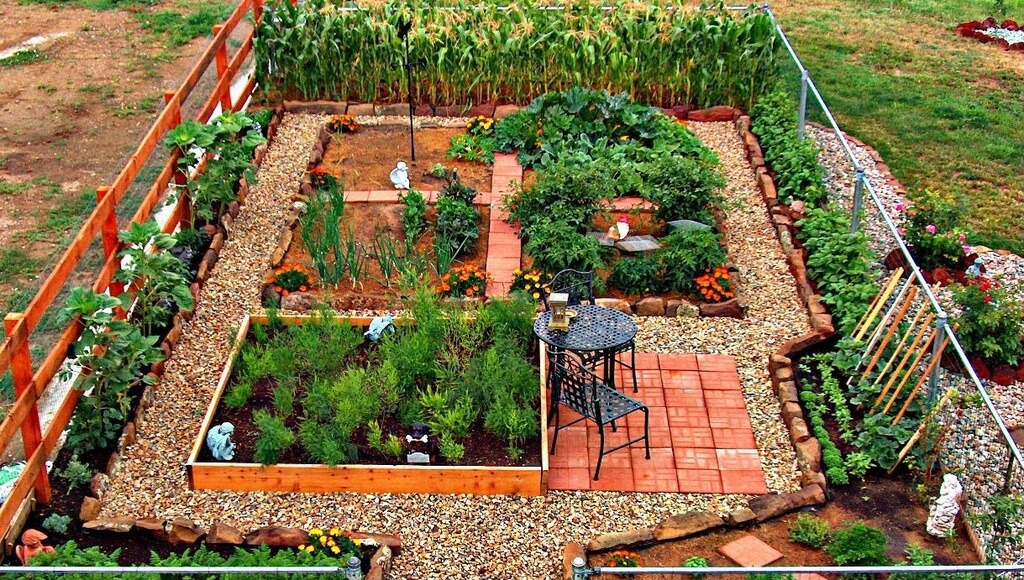
Sustainable Gardening Practices: Protecting the Environment
Consider incorporating sustainable practices into your garden design. Use organic fertilizers and pesticides, conserve water through efficient irrigation methods, and choose native plants that require less maintenance and are better adapted to your local climate. Composting kitchen scraps and yard waste is an excellent way to reduce waste and improve soil health.
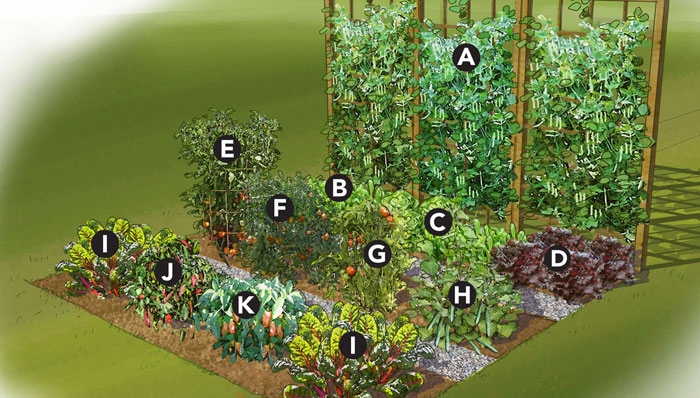
Conclusion: Your Backyard Awaits Transformation
Designing your backyard garden is a journey of creativity, planning, and nurturing. By following these steps and incorporating your personal style, you can transform your outdoor space into a beautiful and functional haven. Remember, the most important aspect is to enjoy the process and create a space that brings you joy and relaxation.
